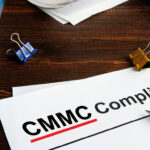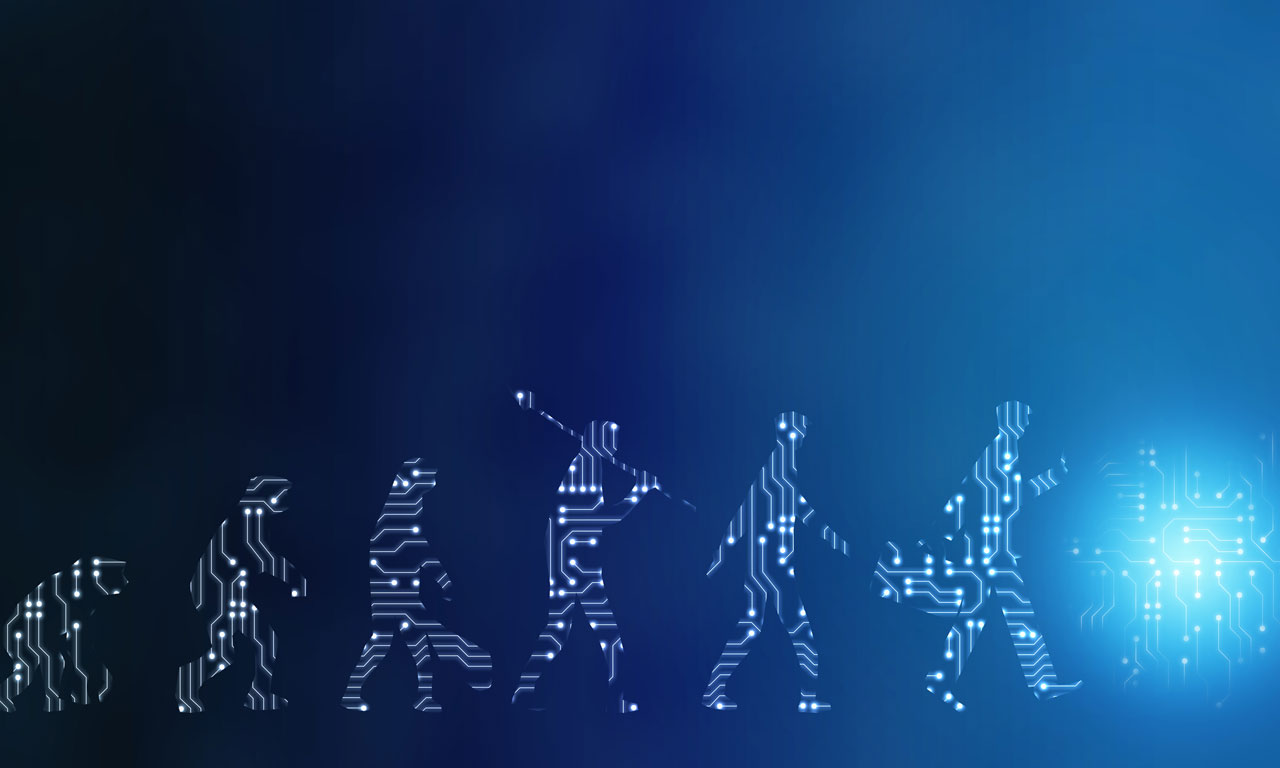For organizations and IT professionals relying on Microsoft’s SharePoint Server (i.e., SharePoint on-premises) as a cornerstone for business functions from corporate communications and intranets; collaboration; document management; business process automation; line of business applications; and others – staying informed about lifecycle timelines is crucial.
As technology evolves, understanding when support ends and planning for upgrades or migrations becomes vital to ensure security, compliance, and operational continuity.
Preparing for the End-of-Life of SharePoint Server 2016 and 2019
As Microsoft continues its strategic shift toward cloud-first solutions, organizations using SharePoint Server 2016 and SharePoint Server 2019 must prepare for their upcoming end-of-life (“EOL”).
This Insight outlines key dates, risks, and Microsoft-supported upgrade or migration paths to ensure business continuity and security.
End-of-Life Dates
If SharePoint Server is a critical part of your IT infrastructure, staying ahead of support timelines is essential.
According to Microsoft’s Fixed Lifecycle Policy1:
- SharePoint Server 20162
- Mainstream support ended: July 13, 2021
- Extended support ends: July 14, 2026
- SharePoint Server 20193
- Mainstream support ends: January 9, 2024
- Extended support ends: July 14, 2026
- SharePoint Server 20162
What do these dates mean for you?
When mainstream support ended for SharePoint 2016 and 2019, Microsoft stopped providing regular updates and fixes for the platforms, including enhancements to functionality.
During the extended support period, the primary focus is on providing critical security updates.
Once the extended support phase concludes, all forms of support—security, technical, or otherwise—will be entirely discontinued.
In short, after the above indicated extended support dates, Microsoft will no longer provide1:
- Security updates
- Non-security updates
- Free or paid support
- Online technical content updates
Risks of Staying on Unsupported Versions
Organizations relying on unsupported versions may face significant challenges. Without security patches, systems become increasingly vulnerable to cyberattacks, potentially exposing sensitive data or disrupting operations.
Furthermore, staying on outdated software may render your IT environment non-compliant with ever-evolving regulatory standards, potentially leading to legal or financial repercussions.
This makes it essential for organizations to carefully plan their transition to a supported platform to mitigate these risks effectively.
Microsoft-Supported Upgrade and Migration Paths
There are three supported upgrade and migration paths available:
- Migrate to SharePoint Online/Microsoft 365 – i.e., transition to the cloud
- Upgrade to SharePoint Subscription Edition (SE) – i.e., stay on-premises
- Hybrid Deployment – e., adopt a hybrid approach that combines the benefits of both environments
When managing your SharePoint environment, it’s crucial to weigh the advantages of upgrading, migrating, or leveraging hybrid deployments. These approaches not only ensure continued support and access to modern features but also offer tailored solutions to meet diverse operational needs.
Each option carries unique advantages and considerations, allowing organizations to tailor their IT strategy to their particular goals and constraints. Here’s a high-level summary of each:
1. Migrate to SharePoint Online (Microsoft 365)
Recommended by Microsoft, this path offers:
- Automatic updates and patches
- Integration with Microsoft 365 apps (e.g., Teams, OneDrive, Copilot, etc.)
- Access to AI-powered tools like Copilot for Microsoft 365
- Reduced infrastructure and maintenance costs
What tools are available to assist with the migration?
- SharePoint Migration Tool (SPMT)4
- Third-party tools like ShareGate and AvePoint
- Microsoft FastTrack5
2. Upgrade to SharePoint Subscription Edition (SE)
For organizations needing or deciding to stay on-premises, SharePoint SE represents the latest on-premises version. It provides modern features and hybrid capabilities, ensuring support beyond 2026.
What is the upgrade process?
When upgrading from SharePoint Server 2016 or Sharepoint Server 2019, the database-attach method is recommended6.
Here’s a high-level overview of that process:
- Create and Configure Farm: Set up a new SharePoint SE farm.
- Copy Databases: Copy all necessary databases from SharePoint 2016 or Sharepoint 2019.
- Attach and Upgrade Databases: Attach the copied databases to the new farm and upgrade them to the new version.
- Upgrade Sites and Pages: Upgrade sites and pages to the modern experience.
3. Hybrid Deployment
Combining on-premises SharePoint with SharePoint Online may offer a strategic approach for some organizations. This method allows for a gradual migration while retaining sensitive data on-premises. At the same time, it enables leveraging cloud features where appropriate, creating a flexible hybrid environment.
Best Practices to Ensure Successful Transition
Transitioning to updated SharePoint environments is a complex process that requires careful planning and execution.
Here are a few best practice recommendations to guide your migration journey:
- Start planning early: Migrations can take several months depending on content volume, complexity, and stakeholder involvement.
- Engage stakeholders: Ensure business units are aligned with IT strategy.
- Audit your environment: Identify customizations, workflows, and third-party integrations.
- Test thoroughly: Use pilot migrations to validate performance and compatibility.
Final Thoughts
With the July 14, 2026 deadline fast approaching, now is the time to evaluate your SharePoint roadmap. Whether you choose to migrate to the cloud, upgrade on-premises, or transition to a hybrid approach, our team of experienced consultants, who have performed SharePoint upgrades and migrations for two decades, is here to provide tailored strategies and support to ensure a seamless and successful journey.
Reach out today to assess your SharePoint on-premises implementations and define a clear roadmap for modernization. Our experts are ready to help you optimize your SharePoint environment and future-proof your digital workspace. Contact us now to get started!
More Resources for Your Migration Journey
If you’re looking for more information about what to expect, check out our blog post, Navigating 10 Common SharePoint Migration Challenges, where we share easy-to-follow solutions for tricky migration issues.
And don’t miss our handy SharePoint Migration Checklist—it’s a great tool to keep your plans on track and stress-free.
Additional Resources
1 https://learn.microsoft.com/en-us/lifecycle/policies/fixed
2 https://learn.microsoft.com/en-us/lifecycle/products/sharepoint-server-2016
3 https://learn.microsoft.com/en-us/lifecycle/products/sharepoint-server-2019
4 https://learn.microsoft.com/en-us/sharepointmigration/introducing-the-sharepoint-migration-tool
5 https://www.microsoft.com/en-us/fasttrack
6 https://learn.microsoft.com/en-us/sharepoint/upgrade-and-update/overview-of-the-upgrade-process-subscription-edition









